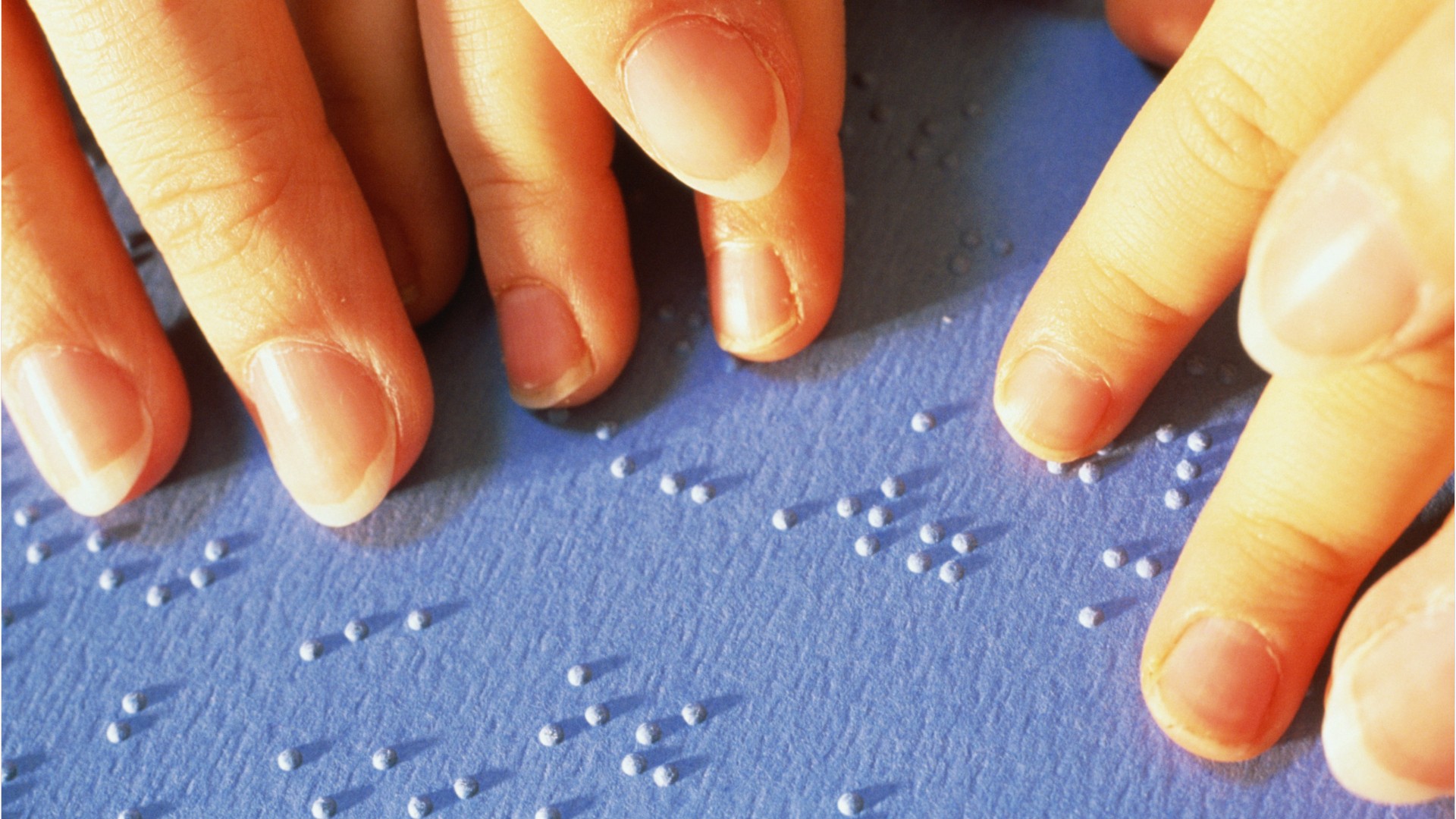Special Education Teachers, Preschool
Early Childhood Special Education Teacher (ECSE Teacher), Resource Teacher, Special Education Teacher, Teacher
What they do:
Teach academic, social, and life skills to preschool-aged students with learning, emotional, or physical disabilities. Includes teachers who specialize and work with students who are blind or have visual impairments; students who are deaf or have hearing impairments; and students with intellectual disabilities.
On the job, you would:
- Employ special educational strategies or techniques during instruction to improve the development of sensory- and perceptual-motor skills, language, cognition, or memory.
- Teach socially acceptable behavior, employing techniques such as behavior modification or positive reinforcement.
- Communicate nonverbally with children to provide them with comfort, encouragement, or positive reinforcement.
Knowledge
Arts and Humanities
- English language
Education and Training
- teaching and course design
Math and Science
- psychology
- sociology and anthropology
Safety and Government
- public safety and security
Skills
Basic Skills
- talking to others
- listening to others, not interrupting, and asking good questions
Social
- understanding people's reactions
- looking for ways to help people
Problem Solving
- noticing a problem and figuring out the best way to solve it
Abilities
Verbal
- communicate by speaking
- listen and understand what people say
Ideas and Logic
- notice when problems happen
- use rules to solve problems
Attention
- pay attention to something without being distracted
- do two or more things at the same time
Personality
People interested in this work like activities that include helping people, teaching, and talking.
They do well at jobs that need:
- Optimism
- Sincerity
- Adaptability
- Perseverance
- Empathy
- Stress Tolerance
Technology
You might use software like this on the job:
Spreadsheet software
- Microsoft Excel
Presentation software
- Microsoft PowerPoint
Device drivers or system software
- Screen magnification software
- Screen reader software
Education
Education: (rated 5 of 5)
bachelor's degree or
certificate after college
usually needed
certificate after college
usually needed
Job Outlook
Below Average
New job opportunities are less likely in the future.
Explore More
- Kindergarten Teachers
- Special Education Teachers, Elementary School
- Special Education Teachers, Kindergarten
- Special Education Teachers, Middle School
- Special Education Teachers, Secondary School
You might like a career in one of these industries:
See more details at O*NET OnLine about Special Education Teachers, Preschool.





